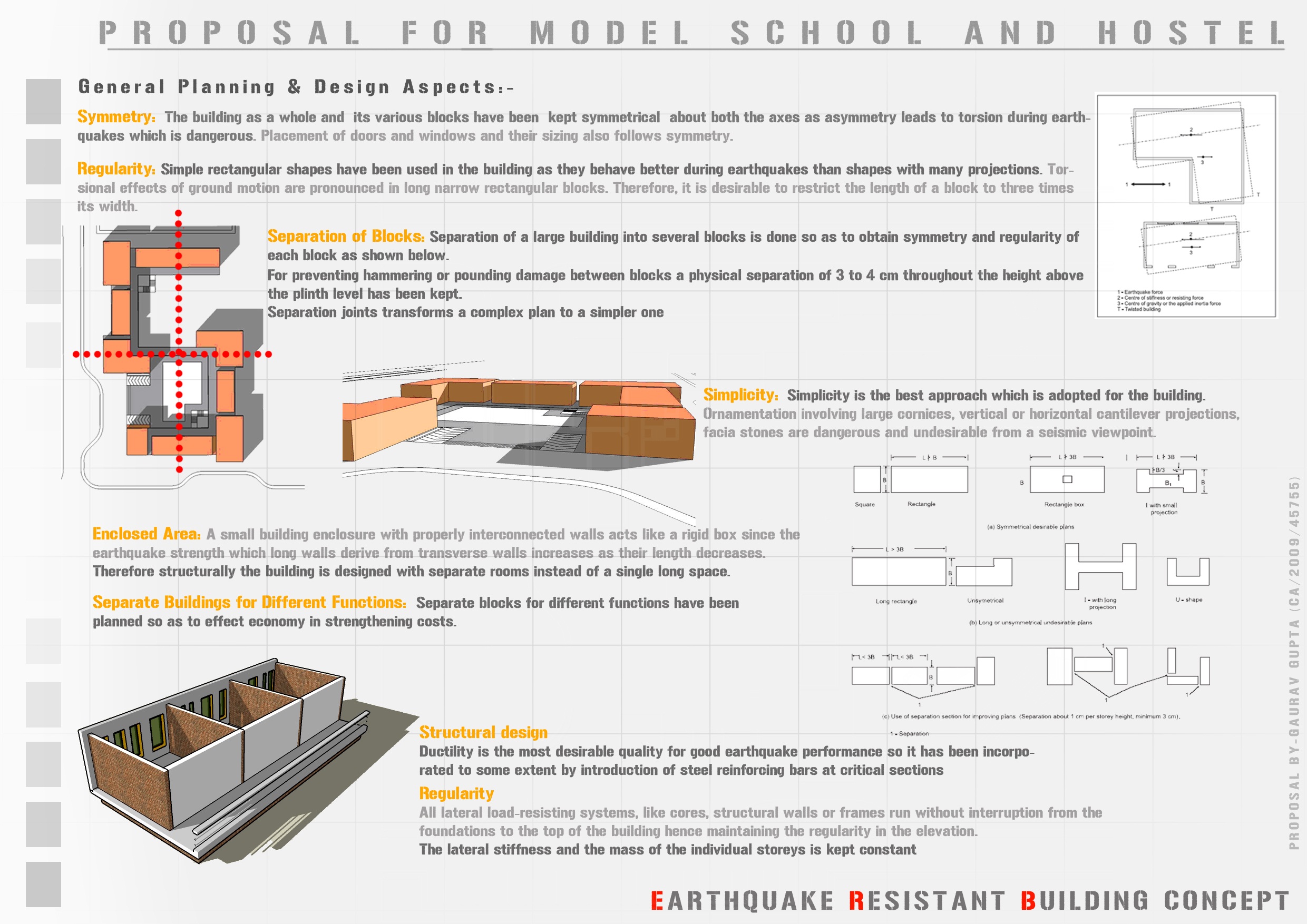

"Bio" means life and "mimicry" means to imitate. Use biomimicry to develop an idea for a new product.ĭoes anyone know what the word "biomimicry" means? Let's break down the word into more understandable parts.List examples of engineered products that were inspired by nature.Explain how engineers use biomimicry to design innovative new products.Biomimicry has resulted in many creative products, such as a materials inspired by the slick leaves of the lotus plant and its natural capacity to wash away dirt particles with every rainfall, and the Velcro hook-and-loop system inspired by the prickly plant burrs that stick to our clothes.Īfter this activity, students should be able to: Biologically inspired designs include air- and sea-going vessels, navigation tools such as sonar and radar, medical imaging devices, biomedical technologies like prosthetics, and water and pollution treatment processes. All rights reserved.Įngineers often use the natural world as inspiration for design. While these four methods of instruction are by no means the only ways to teach a class, engaging your students with a rotation of these strategies can help keep the classroom a lively and dynamic environment for learning.Copyright © 2004 Microsoft Corporation, One Microsoft Way, Redmond, WA 98052-6399 USA. Direct instruction also helps to establish order in the classroom and minimize distractions and disruptions. When introducing a new lesson, it’s important to emphasize the broader concepts as a whole to ensure comprehension, rather than individual facts, as these can distract from the overall message. Done properly, direct instruction helps students know the why behind the activities they’re doing. While most of us think of direct instruction when we think of the traditional classroom structure, its effectiveness has not diminished over time. Activities like field trips in the local area are a great example of how experiential learning can be incorporated in your lesson plans for the year.Īdditionally, having participative activities within the classroom and direct instruction as the homework (otherwise known as the flipped classroom) is an excellent way to engage students with the material. By showing them the direct benefits of their new knowledge, the teacher is helping to cement the notion that students’ studies are tangibly productive and worthy of their time and effort. Giving students the chance to apply the classroom lessons to a practical application can be an exciting and rewarding experience. Give and receive feedback on performance.Refine understanding through discussion and explanation.Break complex tasks into parts and steps.

Well-structured collaborative projects, according a National Survey on Student Engagement, help students learn the following: Deciding between different approaches to satisfy project requirements can help develop students’ executive decision-making capabilities and their ability to listen to others’ opinions and suggestions. Pairing students with different skill sets can be a great way that while not everyone shares the same talents, everyone can contribute to the project meaningfully in their own way.Ĭollaboration encourages students to engage in productive dialogue and it can provide an opportunity to foster debate. These exercises are valuable in their capability to teach students about the values of cooperation and working with others who might be different from themselves. With collaborative projects, students get the chance to work with one another toward a common goal. These types of projects can be more meaningful and engaging to students than traditional exams, and encourage more creative, independent thinking. For example, an English class could use the same approach by having students assemble portfolios of their writing in booklets for presentation or having students create dioramas depicting scenes in books they’ve read. Hands-on activities are traditionally used in arts and science courses, but virtually any subject matter can have hands-on learning. But if you’re drawing and explaining to a peer, then you’re making connections in the brain.” Author Judy Dodge explains in a Scholastic article, “If you’re only listening, you’re only activating one part of the brain. Research shows the more active a brain is in different areas, the greater chance for retention. Students often thrive when given the opportunity to create something on their own.


 0 kommentar(er)
0 kommentar(er)
